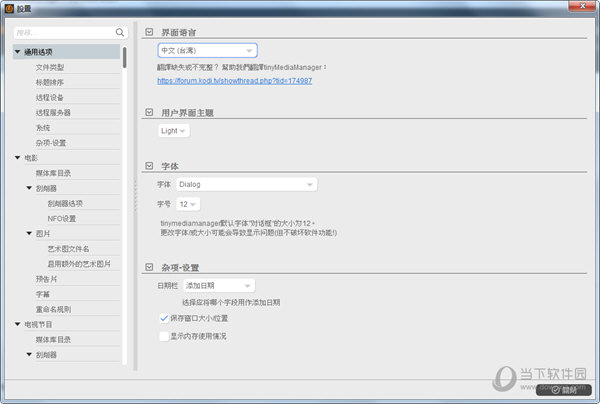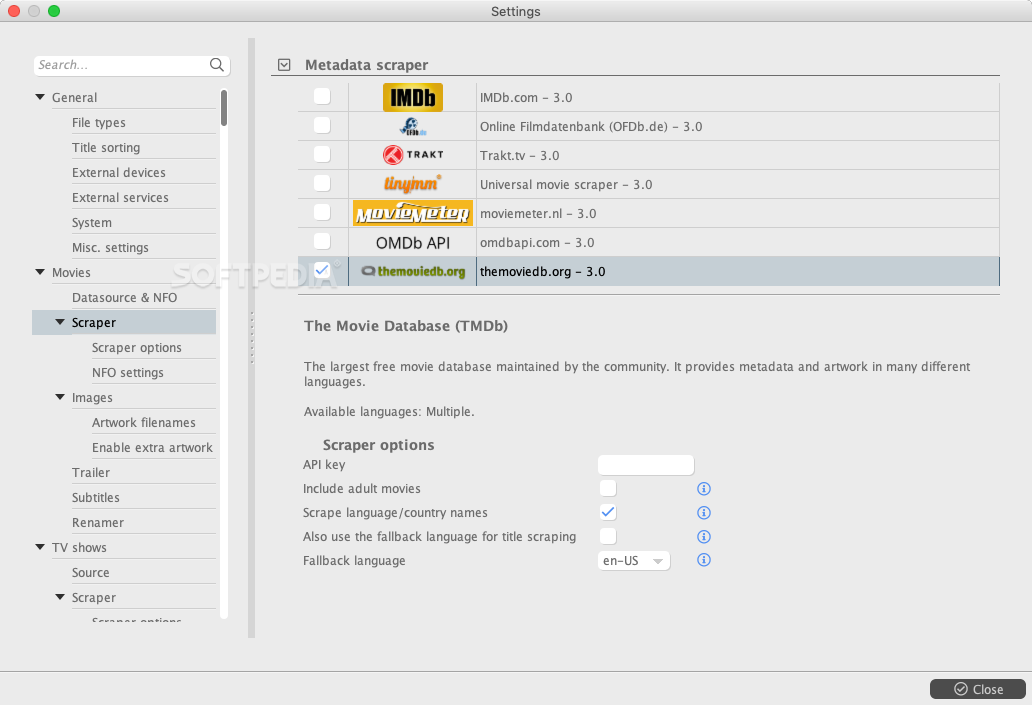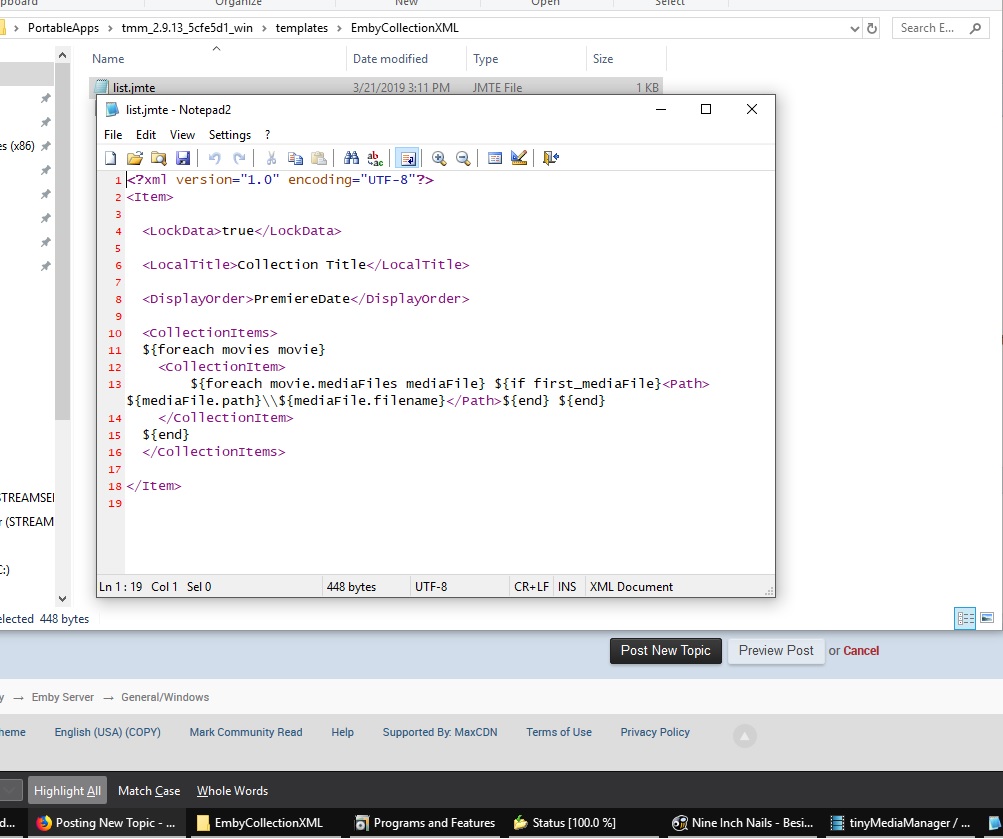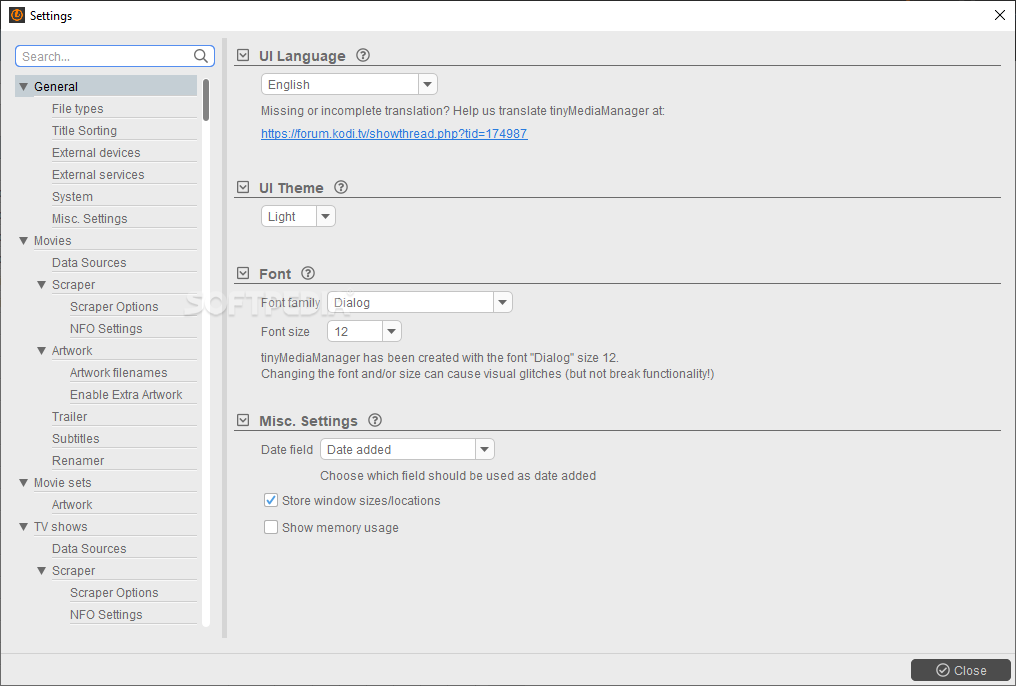

- Using tinymediamanager in a bash only evironment movie#
- Using tinymediamanager in a bash only evironment zip file#
- Using tinymediamanager in a bash only evironment android#
- Using tinymediamanager in a bash only evironment tv#
The very existence of digital media is, strangely, still a hotly debated topic, so there isn't really an industry-standard schema for naming and sorting. It also helps to recognise when something is too independent to be identified you'll just have to sort through your obscure nerd indie collection yourself.
Using tinymediamanager in a bash only evironment tv#
It helps, for example, to separate TV shows from movies. To generate metadata, your media needn't be in any specific layout, but the closer you get your files to easily-parsed entities, the better. That means the next step is to identify all those video files on your drive.
Using tinymediamanager in a bash only evironment movie#
The reason you're running tinyMediaManager is to get titles and movie poster thumbnails instead of generic icons, or an endless list of "Unknowns", when you launch your media player. If you don't know, then it's probably safe to use the default. The setup wizard also gives you a choice of the metadata format you want to generate. If you're not seeing your media drive in tinyMediaManager, make sure you see it on your client machine first! You can't just export the volume as NFS, or share it via Samba, and have it pop up in tinyMediaManager on another machine the computer running tinyMediaManager must "see" the drive as a usable location. It may seem obvious, but in order for a network drive to be added as a source, that network drive must be mounted on your current machine.

Add your media location and then wait as tinyMediaManager scans the location. When you first start tinyMediaManager, a setup wizard prompts you to provide it with a source that contains your video files, such as a local or network drive. You may also launch it directly from a terminal with the included tinyMediaManager.sh script (which is what I do, since I only use it occasionally): $ ~/bin/tmm/tinyMediaManager.sh & Getting started Once Java has been installed, you can optionally add sktop to /usr/share/applications so that it shows up in your applications menu.

I place my non-packaged applications in ~/bin, but it works just as well from /opt or /usr/local/bin it's up to your own management style.Īs with any Java application, a hard requirement of tinyMediaManager is Java, or more specifically OpenJDK.
Using tinymediamanager in a bash only evironment zip file#
It is written in Java with Swing libraries, so it runs on Linux, BSD, Windows, Mac OS, and anything else that supports Java.Īfter downloading the tinyMediaManager archive (it will be a tar.gz file if you're on Linux or BSD, and a zip file for all other platforms), unpack it to whatever path you prefer. TinyMediaManager is an open source media management tool that generates video file metadata for media players like Kodi (formerly XBMC), and other clients that use the same metadata schema.

The media client I've been using lately is tinyMediaManager. In typical open source fashion, there are dozens of applications available to scan a media library and generate external metadata files and assets, so that the media clients could better parse all the crazy things you throw at it. I did a little bit of research, and discovered that for well over a decade, a sort of unofficial standard had emerged for exactly this problem. I tried devising my own naming scheme for my files, but not all media clients handled that very gracefully they attempted to parse the names and determine the content type based on file names, or they ignored the names entirely, or even ignored the files.
Using tinymediamanager in a bash only evironment android#
I keep these on an NFS shared drive, and stream to Kodi or ncmpcpp, or whatever media client I happen to be using on any given Linux or Android device. I prefer a digital format, and since I consume a lot of independent content that doesn't have the budget for physical releases anyway, most of my purchases are digital files. I consider myself an early adopter of digital content. How can your computer tell whether that 8 GB file in your ~/Movies folder is the latest superhero movie, or your daughter's soccer game? The trouble with video files is that they are not easily parseable.


 0 kommentar(er)
0 kommentar(er)
